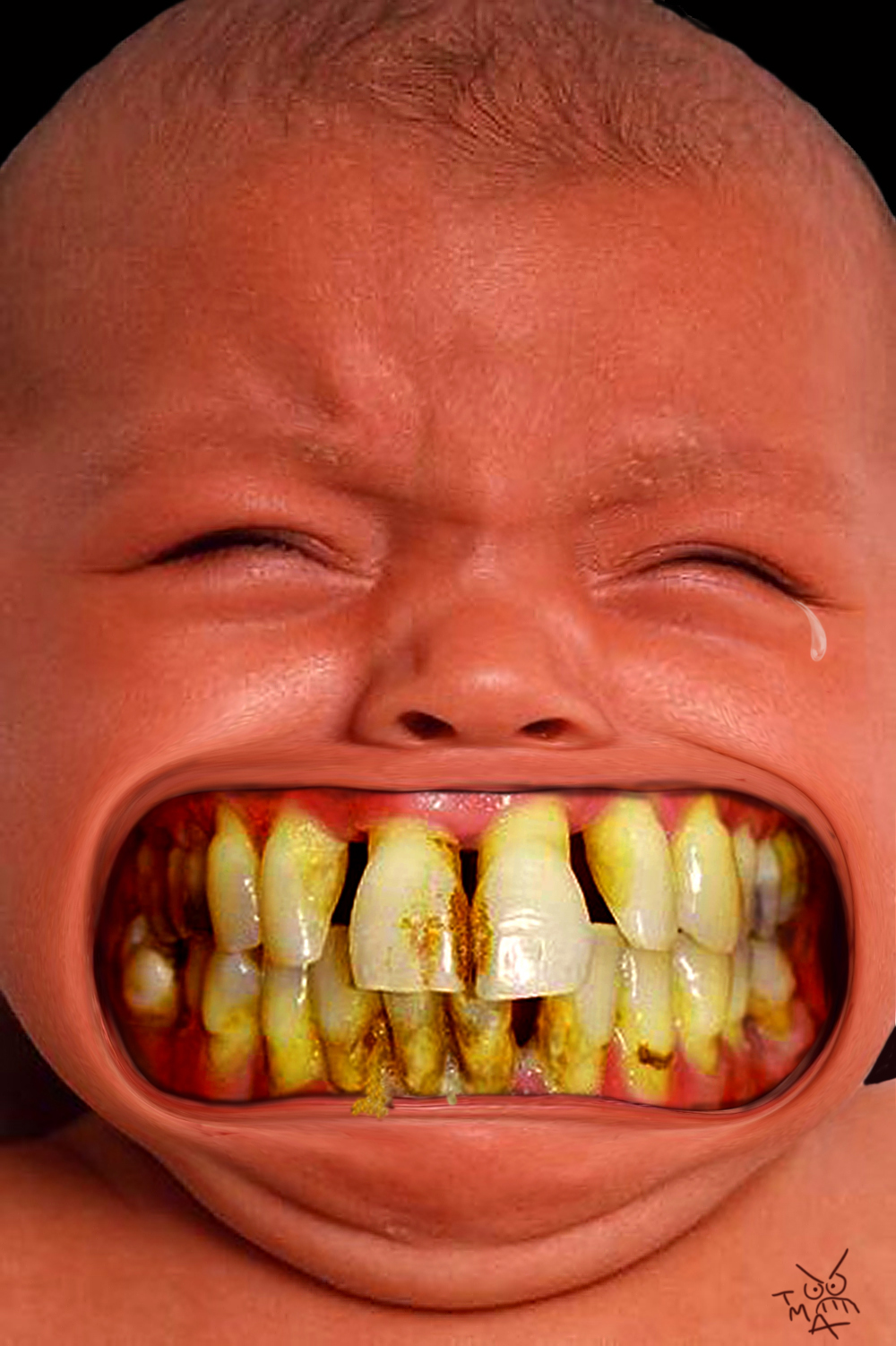Understanding Big Teeth: Causes, Impacts, And Solutions
Big teeth, often referred to in dental terms as macrodontia, can be a source of both aesthetic concern and functional issues for many individuals. This article delves deep into the causes of big teeth, their impact on oral health, and the possible solutions to address this condition. We will explore the biological, genetic, and environmental factors that contribute to the development of larger than average teeth, and how they can affect an individual’s overall well-being.
The importance of understanding big teeth goes beyond aesthetics; it touches on aspects of self-esteem, social interaction, and even physical health. In this comprehensive guide, we aim to provide you with valuable insights and practical information to empower you regarding dental health and aesthetics. Whether you are experiencing this condition yourself or are simply curious about it, this article is designed to inform and educate.
As dental professionals emphasize, early detection and intervention can significantly alleviate any issues associated with big teeth. Therefore, let’s embark on this journey to uncover everything there is to know about big teeth, how they can be treated, and what preventive measures can be taken.
Table of Contents
- What Are Big Teeth?
- Causes of Big Teeth
- Impacts of Big Teeth
- Solutions for Big Teeth
- Preventive Measures
- Conclusion
What Are Big Teeth?
Big teeth, or macrodontia, is a condition characterized by teeth that are larger than the average size. This condition can occur in one or multiple teeth and can be a hereditary trait. While some people may find larger teeth aesthetically pleasing, others may feel self-conscious about their appearance.
Causes of Big Teeth
Understanding the causes of big teeth is crucial in addressing the issue effectively. The causes can be broadly categorized into genetic and environmental factors.
Genetic Factors
Genetics play a significant role in determining the size and shape of teeth. If one or both parents have larger teeth, it is likely that their children will inherit this trait. Studies have shown that certain genes are responsible for tooth size, and variations in these genes can result in macrodontia.
Environmental Factors
In addition to genetic influences, environmental factors can also contribute to the development of big teeth. These can include:
- Nutrition: A diet rich in vitamins and minerals during childhood can promote healthy tooth development.
- Hormonal changes: Hormonal imbalances during puberty can affect tooth size.
- Certain medical conditions: Conditions such as gigantism can lead to larger teeth.
Impacts of Big Teeth
Big teeth can have a variety of impacts on an individual’s life. These impacts can be categorized into aesthetic and functional concerns.
Aesthetic Impacts
Many individuals with big teeth may experience self-esteem issues due to their appearance. The perception of having oversized teeth can lead to social anxiety and reluctance to smile or speak in public. This can affect personal and professional relationships, leading to a decrease in overall quality of life.
Functional Impacts
In addition to aesthetic concerns, big teeth can also pose functional challenges. These can include:
- Difficulty in chewing and biting food properly.
- Increased risk of dental issues such as misalignment, which can lead to jaw pain or headaches.
- Higher susceptibility to tooth decay and gum disease due to difficulties in maintaining oral hygiene.
Solutions for Big Teeth
Fortunately, there are various solutions available for individuals experiencing issues related to big teeth. Treatment options can be broadly grouped into orthodontic and surgical solutions.
Orthodontic Solutions
Orthodontic treatments can help to correct the alignment of big teeth. Some common orthodontic solutions include:
- Braces: Braces can help to reposition teeth, making them appear smaller and more aligned.
- Clear aligners: Clear aligners are a discreet alternative to traditional braces and can also help in achieving proper alignment.
Surgical Solutions
For cases where orthodontic solutions are not sufficient, surgical intervention may be necessary. Surgical options may include:
- Tooth reduction: A dental procedure where the size of the teeth is reduced to improve aesthetics and function.
- Jaw surgery: In severe cases, jaw surgery may be required to correct the positioning of the teeth and jaw.
Preventive Measures
Preventing the development of big teeth can be challenging, especially when genetics play a role. However, there are some measures that can help maintain dental health and prevent further complications:
- Regular dental check-ups: Visiting the dentist regularly can help in early detection and intervention.
- Maintaining a balanced diet: A diet rich in calcium and vitamins can promote healthy teeth.
- Practicing good oral hygiene: Brushing and flossing regularly can help prevent dental issues.
Conclusion
In summary, big teeth or macrodontia can have significant aesthetic and functional implications for individuals. Understanding the causes, impacts, and available solutions is crucial for those affected. If you or someone you know is struggling with this condition, consider consulting a dental professional for personalized advice and treatment options.
We encourage you to share your thoughts and experiences in the comments below. If you found this article helpful, please share it with your friends or read more articles on our site for additional information on dental health.
Thank you for visiting, and we look forward to seeing you again soon!
Understanding The Grey Pitbull: A Comprehensive Guide
Exploring The Texas United States Map: A Comprehensive Guide
Feliz Dia De Madres: Celebrating Mother's Day With Love And Gratitude

My, What Big Teeth You Have....

A Burning Designer January 2011

Teeth snapped into place. Attempt was one big front tooth. I needed to